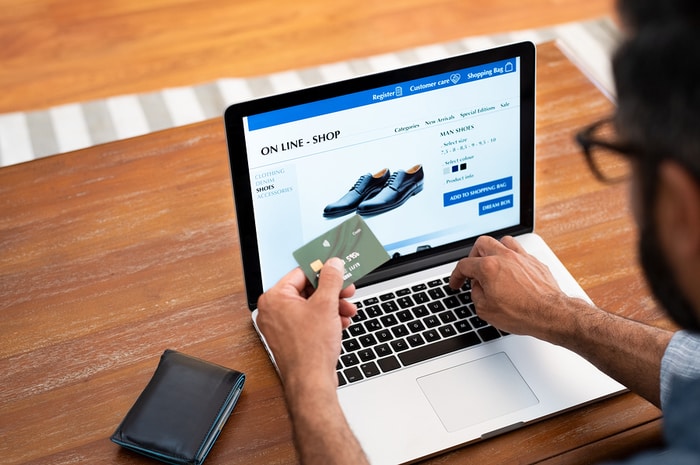The age of eCommerce is in full swing. It has been in full swing for several years now, and we don’t see any sign of it slowing down soon. Everyone from salespeople to entrepreneurs and everyday folks can start an online store, and, with effective marketing, SEO, and some other basics, make a small fortune.

As straightforward as this seems, it’s not always simple and business owners have lost thousands in failed online stores. This is due to several reasons, but that’s not what this article is about. Today is about launching your online store.
Launching an online store starts with a plan that is more than the usual “what to sell and who to sell it to” provision. This plan involves outlining your business model, delivery method, and the processes required to get your actual website off the ground. From choosing a domain name to hosting, from processing orders to logistics, and everything in-between.
Note that this is a just short guide and it won’t go in-depth, but it will give you the main gist of what you need to do. First, let’s talk about your business model.
The Business Model
The basic concept of a business model is how you intend to make money. When it comes to online stores, there are several business models, revenue-generating models, and product delivery methods.
For product delivery and logistics, there is storing up products in a warehouse—called warehousing—,dropshipping, subscription service, and white-labeling. Each has its benefits and drawbacks. The two most commonly used models are warehousing and dropshipping.
Warehousing involves storing products in a warehouse and shipping them as ordered. With this model, you take care of shipping and logistics. A benefit of this model is that you have total control over quality assurance and can verify that each product’s quality is satisfactory. If you do not manufacture your products, then you order in bulk and store. It is advisable to use this model only for products that have a long shelf-life, so no organics, edibles, sensitive products, and the likes. However, this model is suitable for electronics, bulk essential oils, stationery, cosmetics, and other non-perishables.
Dropshipping is a wildly popular model due to its flexibility, low overhead costs, and profitability. You don’t store any products physically, but merely relay consumer orders to manufacturers or wholesalers and let them take care of logistics. To use this model, you have to subscribe to a dropshipping provider, most preferably one who is compatible with major online platforms like Wix, Shopify, and BigCommerce. One such is Modalyst, who provides WIX dropshipping service that is compatible with the WIX dropshipping store.
Your Online Store
Your store should have a domain name that is easy to spell and remember. If possible, its name should be related to the niche you operate in. Try to avoid generic and confusing names. If you’re lost for names, you can use online domain name generators. As much as possible, try to use the same name for your business as your domain, this makes it easier for customers to associate you with your website.
Security
An SSL certificate is mandatory. Nobody trusts a store that isn’t secure. You must always keep user data safe, especially if you process payments. It is advisable to use a payment processing service like PayPal, Stripe, etc. to handle payments. This takes the burden of providing security off you.
User Interface and Experience
The way your store is structured affects how users perceive your brand and whether or not they buy (your marketing efforts also have some weight here). Your store should be simple and easy to navigate. Avoid complex colors, keep it light and simple, pay attention to information hierarchy and taxonomies.
Checkout Page
Many businesses have lost customers because their checkout process was too complex. Take Amazon, for example, they provide a one-click checkout option, and this improved their sales tremendously because it provides convenience on a scale that has never been done before. Their patent expired in September of 2017 and you can offer this service. The bottom line: Optimize your checkout page to improve conversions.
Mobile Optimization
Statistics show that 64 percent of all website visits to retail sites come from smartphones, with 46 percent of them placing orders. The mobile internet is growing and you should cater to that. Optimize your site for mobile and implement your strategies for checkout page conversions on your mobile-friendly site.
